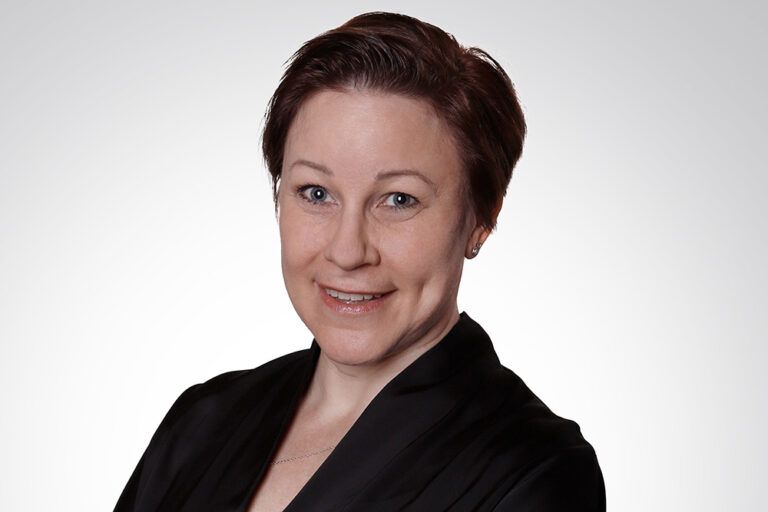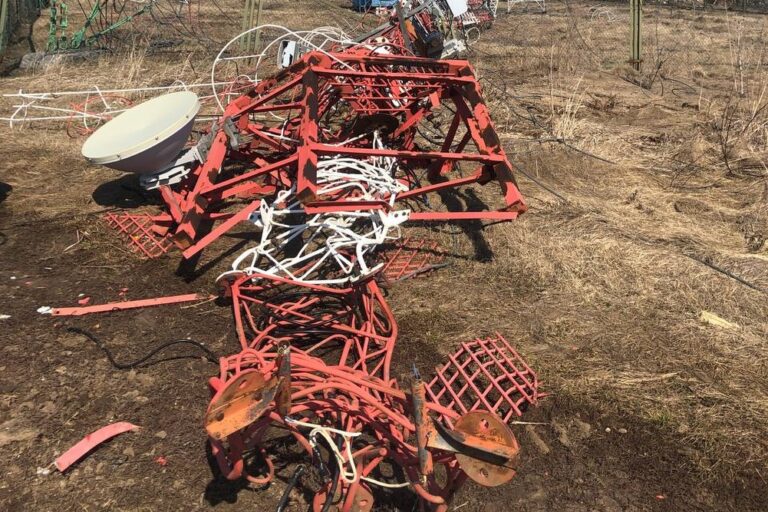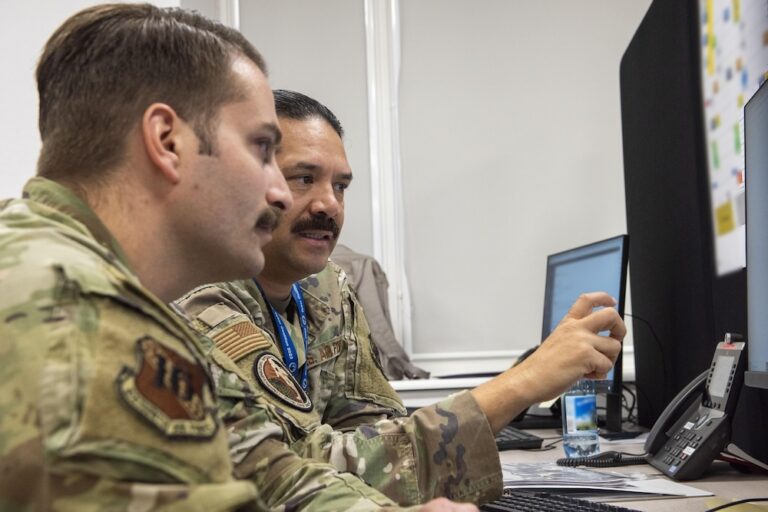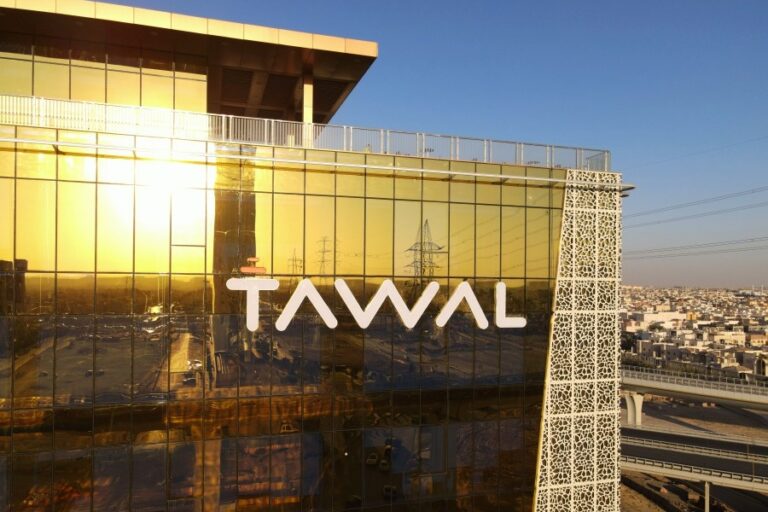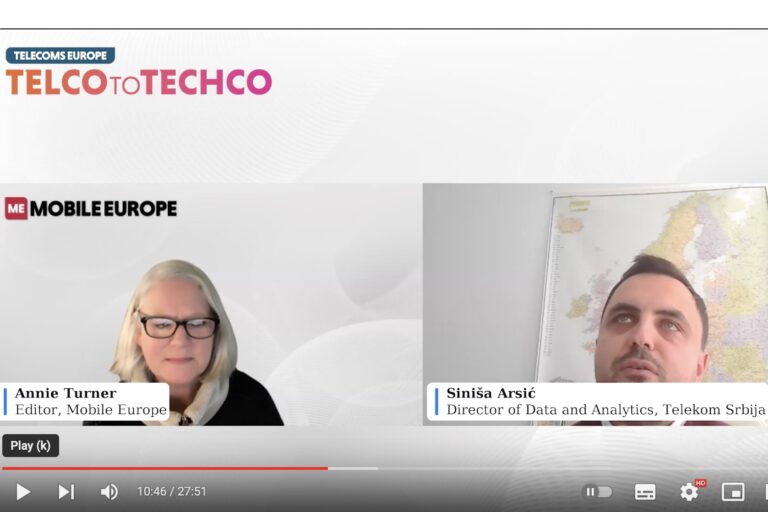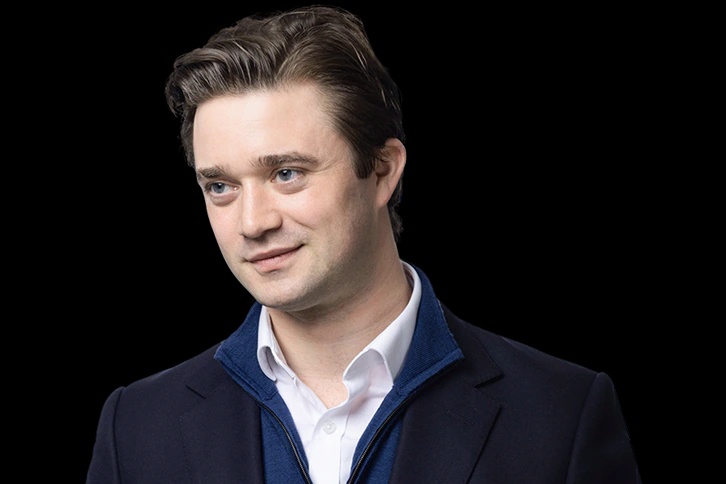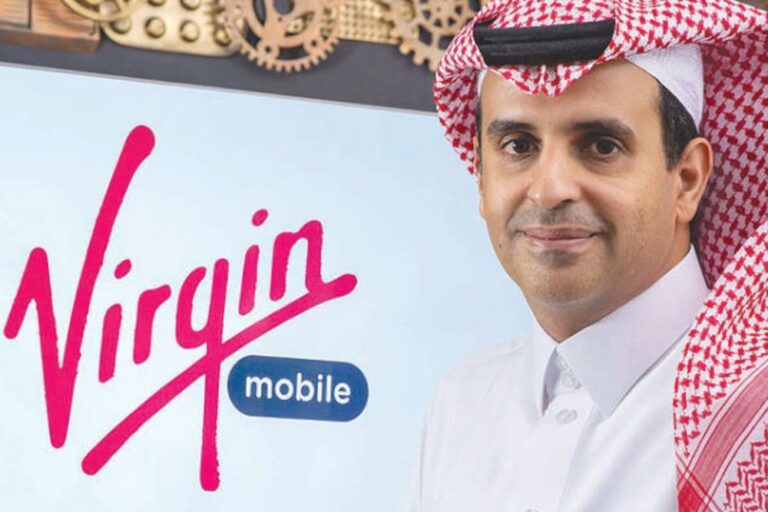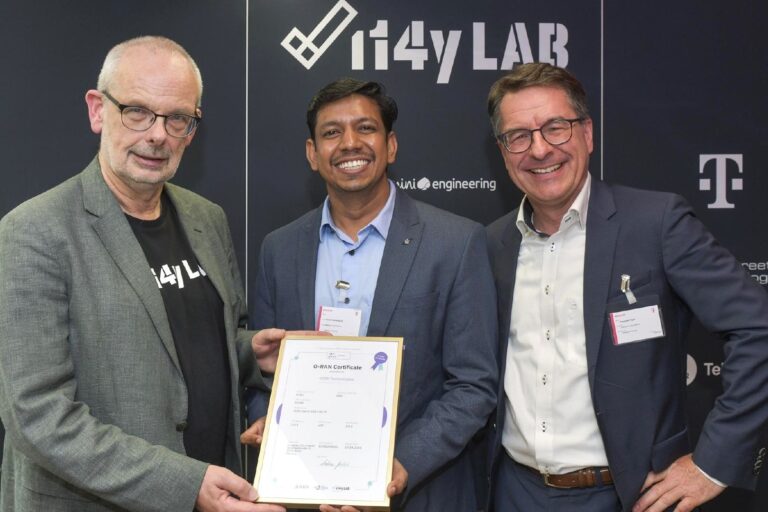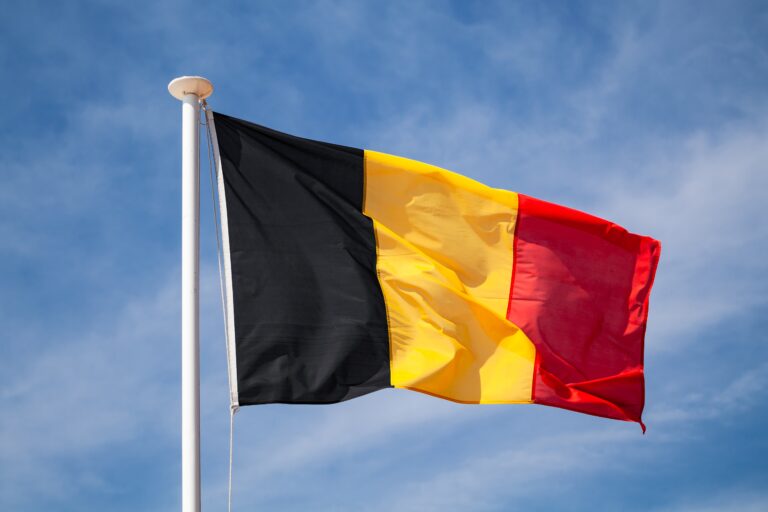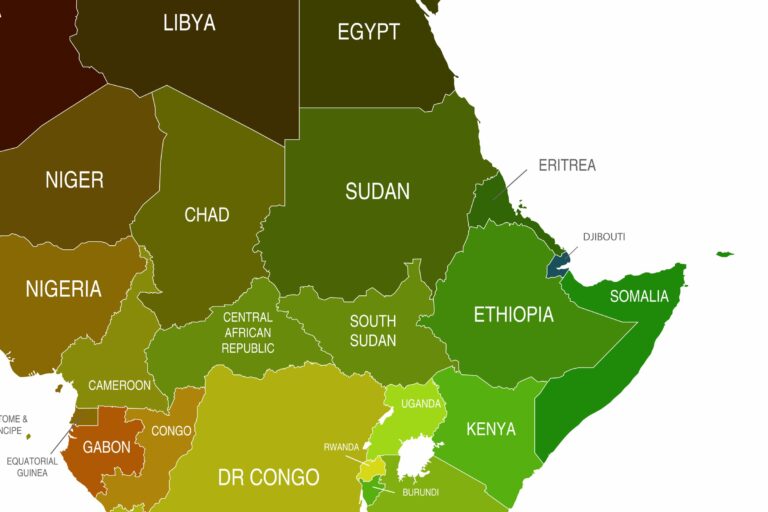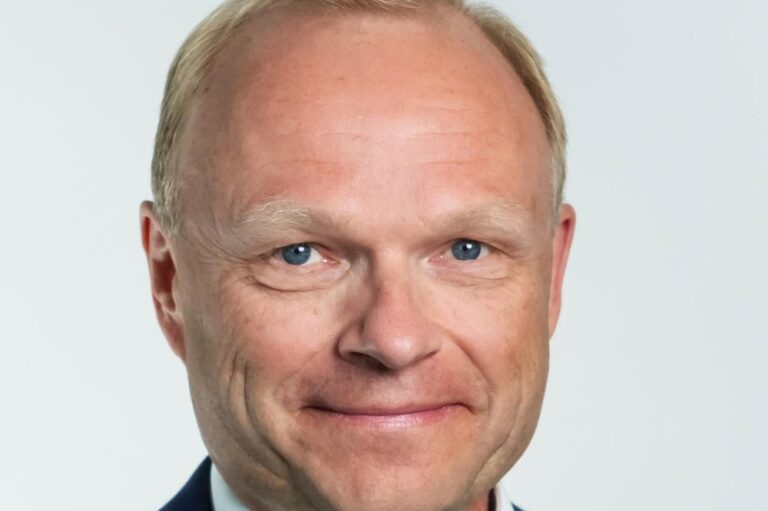Repetition, ratings and rude robots
You can tell a CEO who’s spent too much time ‘in the cloud’. They believe their own customer satisfaction surveys. Either that or they are deliberately gas-lighting us. To improve customer experience, Mobile Europe sought simple ‘people pleasing’ advice for telcos from people who really know the customer. In the first of an occasional series, Maria Harju, Foundever’s Chief Revenue Officer for Europe, the Middle East and Africa, describes The Seven Deadliest Customer Experiences and how mobile network operators can avoid them.
Repetition.
Repeating your story to multiple people is enough to make 57% of Europeans hang up. Yes, some problems demand escalation, but if you’re moving your customer across an omnichannel platform it’s omni stupid not to move the information from channel to channel too. A CX should systematically do that. This averts another massive frustration, disregard for the customer’s history. How can you pretend to care about the customer experience when you show you are demonstrably oblivious to it? All the information across all channels is captured and should be correctly stored and retrieved so that your agents can do their best jobs.
Rate your experience.
OK, we need performance feedback, but customers are suffering from survey overload. Every trip to the toilet now involves an invitation to rate the experience. There are better ways to learn how customers feel about service and how they perceive your brand. Speech and text analytics are instant, less obtrusive and more accurate.
Chatnots.
If you don’t acknowledge your chatbot’s limitations, you’re setting your brand up for a CX failure. If your customer knows it’s an automated system, they’ll treat it as such and adjust their expectations accordingly. But when the bot goes beyond its domain intelligence it must hand off to a live representative and pass on the information shared up to that point.
Chats …. with delayed response.
Chat’s rationale is about immediacy and accuracy but long wait times and vague unfocused responses will demolish that advantage. Immediate contextual support can help a customer take action or make a decision. Avoid the temptation to set high chat concurrency targets for agents. The more conversations they handle the less likely they are to resolve complex issues or satisfy each customer. Use your best pre-scripted responses in early conversational stages so that agents have more time to find a resolution. Cross train your CX staff so that they can work across channels based on peaks in demand.
Undervaluing CX
If each interaction doesn’t meet expectations it will damage your brand. So stress its value in your proposition. A superior customer experience should be reflected in the price of a product or service. If you’re cheap very hard to hold on to customers, especially in the current economic environment. Here is the value of CX. Three in four consumers will walk after a single disappointing customer experience, yet 42% would pay more for an identical product or service if it were supported by a superior CX. Being in the latter camp starts with understanding who your customers are, their wants, needs and expectations.
Treating vocal interaction like a necessary evil.
Test yourself before you test their patience. Voice is about people not managing processes, so IVR should solve customers’ problems, not stress test their patience and short-term memory on the altar of your management processes, said Harju. Most consumers are frustrated by complicated menus then agitated by the agent that takes over. A happy resolution is an uphill battle. An IVR should minimise menu options, as part of the identification or authentication process so that more of the conversation is focused on the customer and their issue, and use it to coach the customer. Rather than playing a message saying the call is important, a message asking if a person has the reference number or other relevant information to hand is going to make everyone’s life easier.


